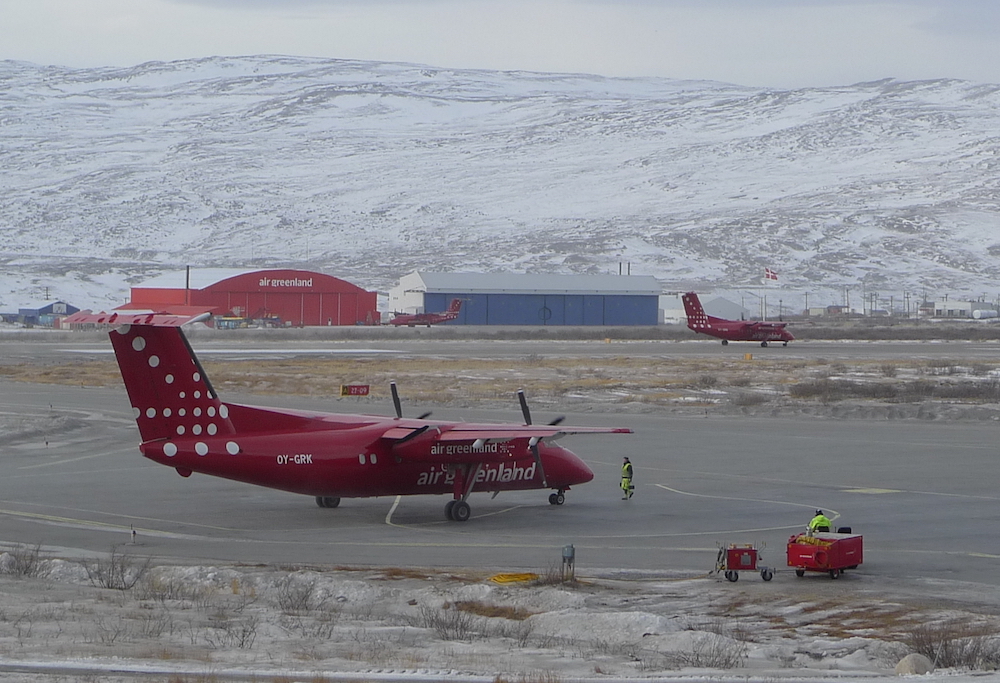How short-haul Arctic air routes could help electric passenger planes get off the ground
The cheaper cost of operating battery-powered passenger planes would eliminate time-consuming hub-and-spoke networks in parts of the North.

Low-demand, short-haul routes in the North are ideal candidates for the rollout of the first generation of electric passenger airplanes, but their full adoption will be determined by factors such as the installation of charging infrastructure at airports and investments currently being made in traditional aircraft by airlines, representatives from government, the industry and developers told attendees at the Arctic Circle conference on Friday.
“The hard thing is not coming up with the ideas. The hard thing is to get them into service,” said Anders Forslund, whose firm, Heart Aerospace, is developing a 19-seat propeller-driven plane that is being considered for purchase by Finnair and Icelandair for use on short domestic routes.
With a range of 400 kilometers the ES-19 would be a viable alternative to traditional planes and jets on domestic routes in Iceland and Greenland. In other parts of the North, electric planes would make it possible to establish routes between cities and towns that are currently not connected directly by air; in many cases, travel within the region requires a transfer at a major airport that can be many times further away than the destination.
[A carbon neutral Nordic region would need 75 percent more electricity, study says]
Once fully developed, small electric planes of the sort Heart is developing will cost the same as comparable airplanes cost today, Forslund reckons.
Potentially slowing the rollout of electric planes could be a lack of infrastructure, technicians and ground crew who can service electric planes.
Similarly, electric planes, though perhaps ready for commercial use within the next few years, would likely only be replaced as traditional airplanes and jets are phased out.
Icelandair, which is currently making investments to renew its fleet of airplanes, expects that the planes it is purchasing today will likely still be in service in 2050, according to Jens Þórðarson, the chief operating officer of Icelandair.
Those familiar with the industry noted that the limited range of electric airplanes would rule them out on flights to destinations where there is no alternative landing site within close proximity. But using electric planes to serve low-density routes, they said, is generally feasible and makes economic sense.
[Universal Hydrogen in zero-carbon plane deals with Icelandair, Ravn]
A big part of the reason is cost. As with electric cars, one of the advantages of electric airplane motors is that they are cheaper to operate and maintain than turboprop or jet engines. Charging infrastructure on the ground would be able to take its cue from battery-charging technology developed for the auto industry, further reducing costs.
Likewise, the 19-seat aircraft currently being developed by Heart Aerospace will largely be based on existing airplane technology, which instead allows it to focus its work on developing the electric motors that it expects eventually will powerful enough for use on 48-seat passenger planes within the next five years.
Due to the weight of batteries made using current technologies, the larger planes used on longer routes will likely require carbon-free fuels such as hydrogen in order to reduce their emissions. But those types of planes are decades from entering service.